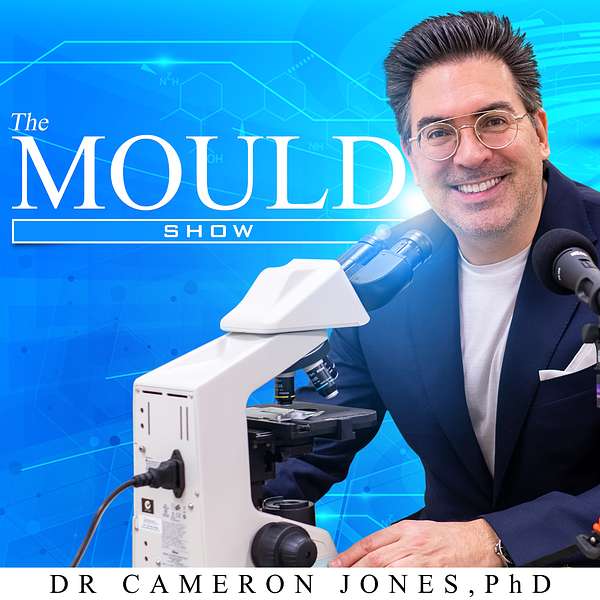
The Mould Show
The Mould Show
Salt Therapy and Mould Illness
In this presentation, I want to review something called salt therapy, which is considered a complementary method for the treatment of respiratory tract illnesses. This will have a special focus on mould related disease. Clinical practice referrals my Company receives revolve around exposure to indoor air dampness and mould, usually in the home. When this is prolonged, it can cause problems including: vocal cords irritation, rhinitis, cough, wheezing and recurrent infections of the upper and lower respiratory tract. Breathing in bioaerosols might also make existing asthma worse or bring on new asthma in children or adults. Many of the client and patient referrals we receive complain that their doctor does not truly understand their symptoms or may even consider some of these to be psychosomatic.
Apart from focussing on fixing the building, what can you do to ‘get well’ if you’re mould affected? To this end, an important paper recently came out in the Journal: Alternative Therapies in June 2021. Salt therapy is put forward as a treatment for mould related illness. But what is it and why does it work?
Salt therapy has developed into a holistic complementary therapy available in day spa-like environments based on observations made by a 19th century Polish doctor, Feliks Boczkowski. He noticed that salt mine workers had far fewer skin and respiratory health symptoms compared with other mine workers.
Later during World War II in Germany, people who sheltered during bombing in salt caves were observed to experience relief from respiratory problems. Salt therapy exploits or mimics the microclimate of natural salt caves. People who spend time in these caves are take advantage of what is called Spleotherapy in the literature. This involves inhaling pure sodium chloride, NaCl along with other aerosolized elements including magnesium and calcium. A different version termed Halotherapy allows people to experience the benefits of salt therapy by spending time in a room that has salt coated walls and floor. Halotherapy may also use a generator (termed a halogenerator) to produce fine sodium chloride aerosols (1-5-micron diameter) which are aerosolized in the ‘salt room’.
The salt easily penetrates into all parts of the respiratory tract and has antibacterial and anti-inflammatory properties. Salt particles also promote ciliary transport in the lung, allowing mucus plugs to be coughed up and it also reduces IgE inflammatory levels.
Doctors have used salt therapy in the treatment of allergic rhinitis, asthma, COPD, bronchitis for cystic fibrosis and for viral bronchiolitis. There is even research support linking the use of salting of face masks to neutralize the SARS-CoV-2 virus in an effort to combat COVID-19.
Salt therapy is known to be 100% natural and it's generally safe because it improves the clearance of particulates from the lung, often provides relief from coughing and reduces bronchial inflammation. It’s easily experienced by spending time in a salt room (30-60 min. sessions) repeated 10 to 20 times. If your home might be mouldy, then consider salt your new ally for health promotion.
REFERENCES:
Wasik AA, Tuuminen T. Salt Therapy as a Complementary Method for the Treatment of Respiratory Tract Diseases, With a Focus on Mold-Related Illness. Altern Ther Health Med. 2021 Oct;27(S1):223-239. PMID: 34726628. https://pubmed.ncbi.nlm.nih.gov/34726628/